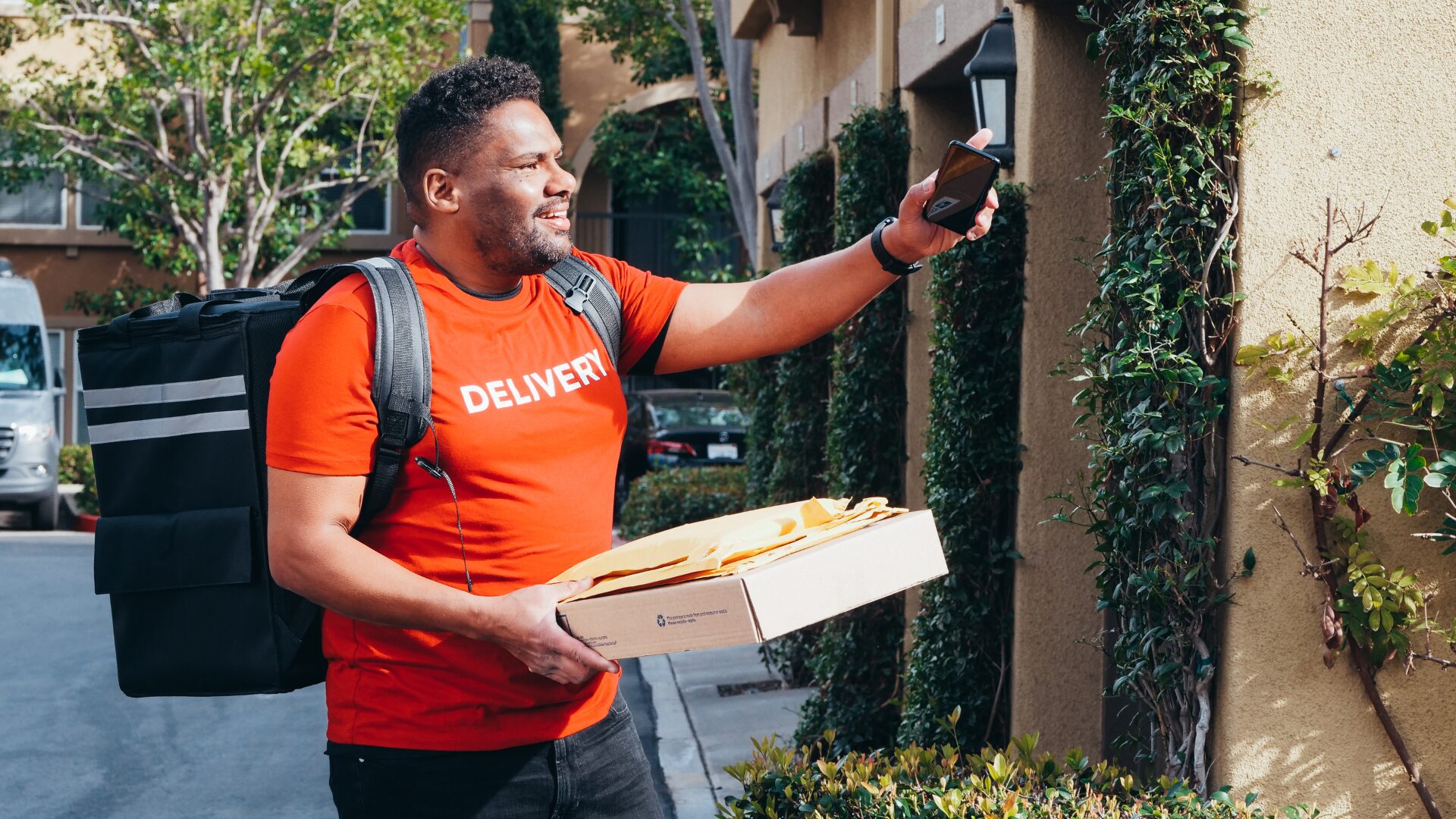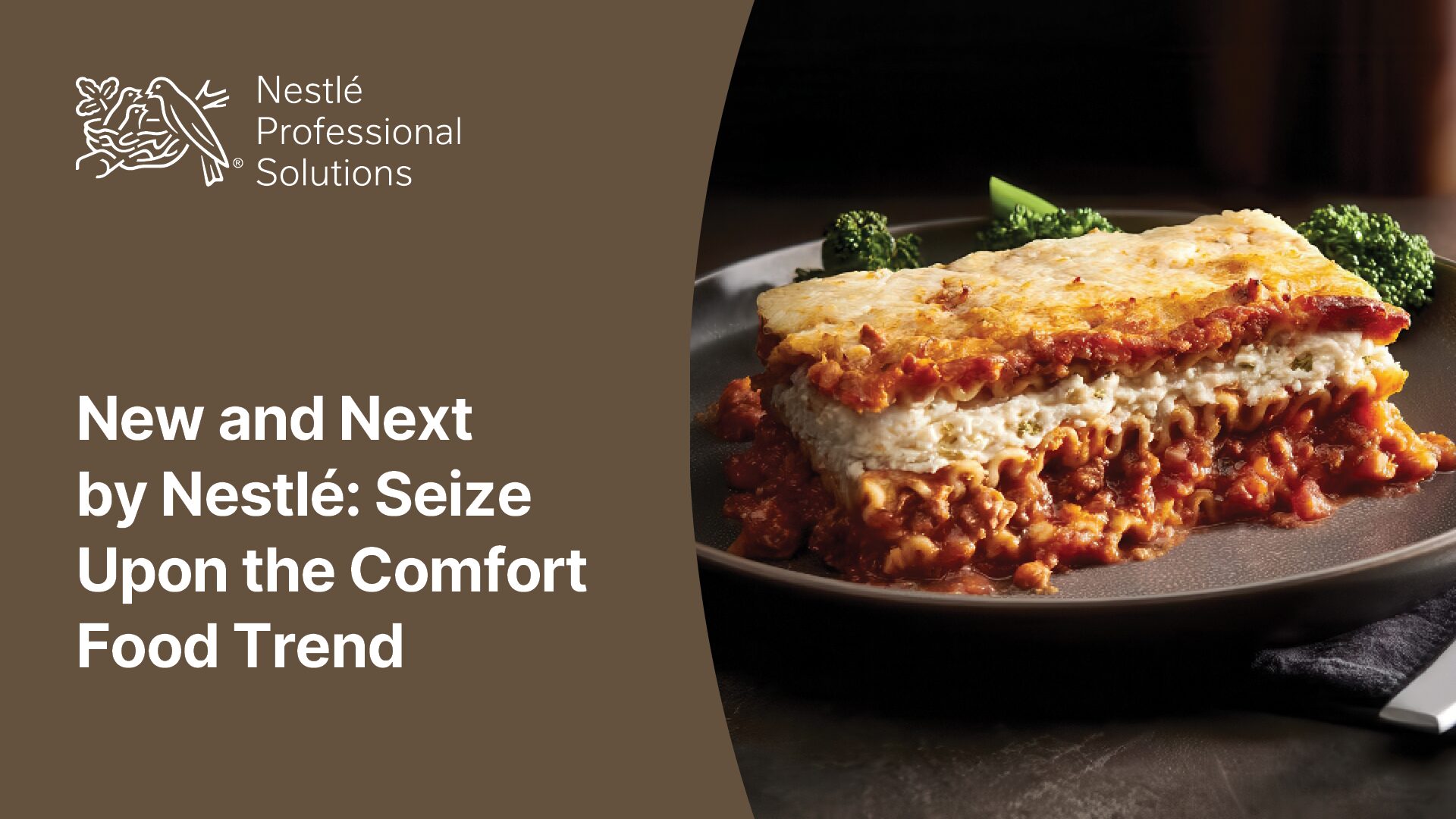In a culinary world that evolves with lightning speed, innovation isn’t just important – it’s vital.
One exciting way forward? Establishing an Innovation Center of Excellence (CoE), a powerhouse team within a company that’s tasked with making creativity their mission. Picture a buzzing hive of cross-functional teams, experts, and resources, all collaborating on the next big thing in food.
Kindling the Fire of Innovation
At its heart, an Innovation CoE is the creative engine of an organization, dedicated to spotting the next big trends, carving out new opportunities, and developing strategic, forward-thinking solutions. It’s not just about cooking up a few new ideas – it’s an entire culture of progress, where research and development meet, and new technologies get a chance to shine.
The ingredients that make up an Innovation CoE can vary depending on the organization’s goals and industry. But some elements are common to every recipe – idea generation and evaluation, prototyping, launching new initiatives, fostering knowledge sharing, and continuously stoking the fire of learning throughout the organization.
Baking Innovation into the Food Industry
Creating an Innovation CoE within a food company isn’t a one-step process – it takes careful planning and execution. Here’s a seven-step recipe to get your innovation kitchen cooking:
- Clarify your objectives: Get clear about what you’re aiming for – whether it’s product development, packaging innovation, sustainability, or a new consumer experience.
- Gather your team: Appoint a dedicated leader or team to oversee the CoE. Blend in individuals from different departments like R&D, marketing, operations, and supply chain to ensure a rich mix of perspectives and expertise.
- Encourage collaboration: Use brainstorming sessions, hackathons, or innovation challenges to get the ideas flowing. Then, evaluate and prioritize them based on feasibility, impact, and alignment with your strategy. Make sure all team members are sharing their knowledge, too.
- Mix in external partnerships: Partner with startups, research institutions, or industry experts to add a fresh perspective and a dash of cutting-edge tech.
- Experiment with pilot projects: Test out new ideas and concepts before scaling them up. Just like in the kitchen, a small test batch can help refine a recipe and reduce risks.
- Track progress: Set up KPIs to measure your success.
- Stir in continuous improvement: Keep learning from both your successes and failures.
Adapt your processes and stay flexible in the face of changing market dynamics. By following this recipe, food brands can create an Innovation CoE that not only sparks creativity and drives innovation but also serves a buffet of groundbreaking products, services, and experiences.
Editor’s note: Ivonne Kinser serves as the innovation advisor at The Food Institute. Kinser previously served as the head of marketing and innovation for Avocados From Mexico for nearly a decade and in 2023 founded Vantage Creative, a marketing innovation lab.












